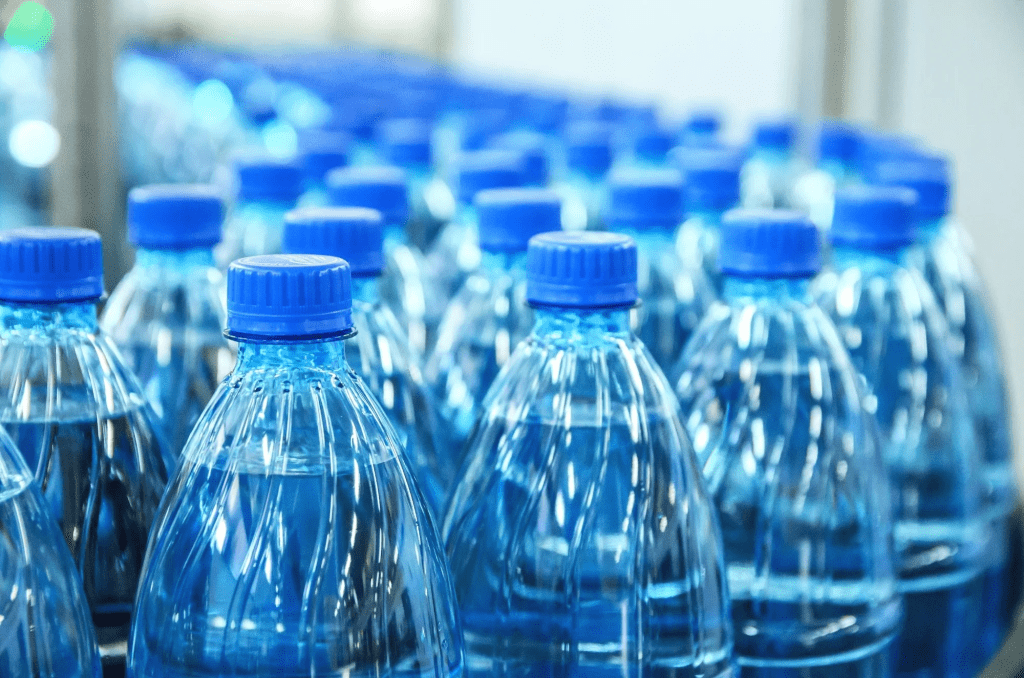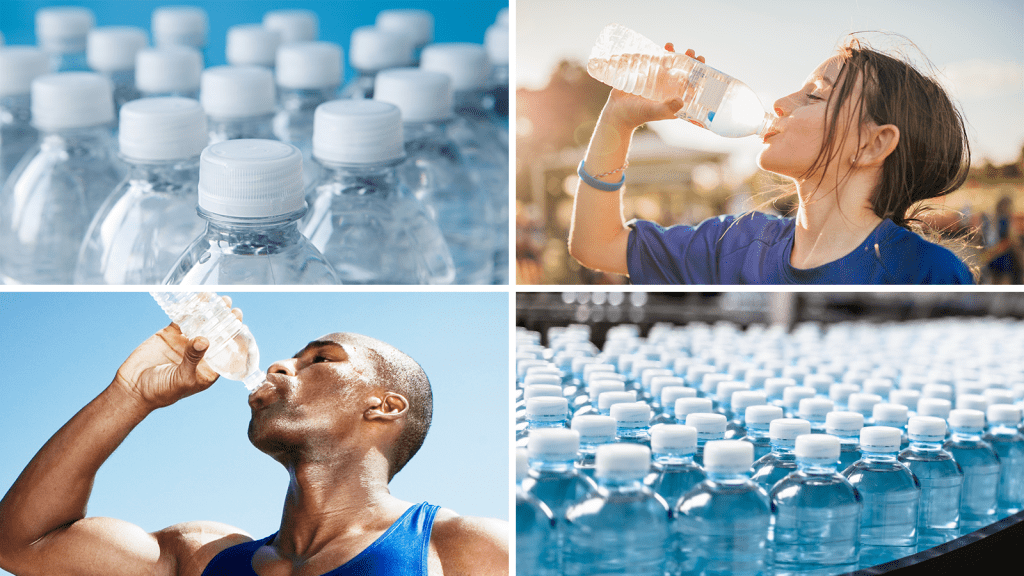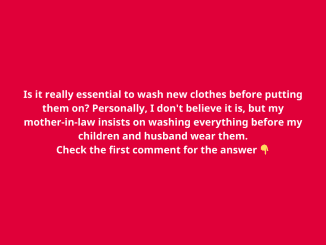Bottled water has long been marketed as a superior, cleaner alternative to tap water. Sleek packaging, pristine mountain imagery, and claims of purity convince millions to pay for what appears to be a premium product. However, a shocking new study reveals that nearly 64% of bottled water in the United States is simply repackaged tap water—sometimes with minimal purification, and in some cases, with contaminants that exceed safety limits.
This raises serious concerns about transparency, consumer trust, and whether the bottled water industry is truly providing a better product—or just profiting off misconceptions.
Most Bottled Water Comes Straight from the Tap

The belief that bottled water comes from untouched natural springs or glaciers is a widely held misconception. According to a recent study, over 64% of bottled water brands source their water from municipal supplies—the same tap water that flows through home faucets across the country.
While some companies treat the water before bottling, many brands do little more than filter it slightly before slapping on a label and selling it at a much higher price than tap water. This raises the question: Are consumers paying for convenience, or are they being misled into thinking they’re getting something significantly better?
Brands That Have Faced Controversy Over Water Quality
While some bottled water brands maintain transparency about their purification processes and sources, others have been called out for their lack of disclosure and even potential contamination.
Walmart’s Sam’s Choice & Giant Food’s Acadia
Two brands that have drawn criticism are Sam’s Choice (Walmart) and Acadia (Giant Food). Studies found that these brands contained levels of contaminants that exceeded safety regulations in certain areas, including California. Consumers who purchase these products expecting better quality water may unknowingly be consuming higher-than-allowed levels of potentially harmful substances.
Nestlé Pure Life & Gerber Pure: Leading the Way in Transparency
On the other hand, Gerber Pure Purified Water, Nestlé Pure Life Purified Water, and Penta Ultra-Purified Water have received recognition for disclosing their water sources and purification processes. These brands take extra steps to ensure water safety and consumer trust, making them more reliable choices for those who prefer bottled over tap.
The Dark Side of Bottled Water: Hidden Contaminants
One of the biggest misconceptions is that bottled water is inherently safer than tap water. However, research suggests that certain bottled water brands may contain harmful substances such as arsenic, microplastics, and chemical byproducts.
Microplastics: A Growing Concern
A study found that over 90% of bottled water samples contained tiny plastic particles, which could pose long-term health risks. These microplastics likely come from the plastic bottles themselves, leaching into the water over time—especially when stored in warm environments like cars or warehouses.
Chemical Byproducts & Heavy Metals
Some bottled waters have been found to contain disinfection byproducts, nitrates, and even traces of heavy metals. While most levels remain within federal safety guidelines, some brands exceed the recommended limits, putting consumers at potential risk of long-term health effects.
Bottled vs. Tap Water: Which Is Actually Safer?

At first glance, bottled water seems like the safer, cleaner choice. But is it really?
Regulation Differences: EPA vs. FDA
- Tap water is regulated by the Environmental Protection Agency (EPA), which enforces strict testing and safety measures. Municipal water suppliers must test for contaminants multiple times a day and make their results publicly available.
- Bottled water, however, falls under the Food and Drug Administration (FDA), which does not require as frequent testing and does not enforce the same transparency in reporting results.
This means that in some cases, tap water is held to stricter safety standards than bottled water.
Cost Comparison: Paying More for the Same Water
The price difference between bottled and tap water is staggering. Consider this:
- Tap water costs fractions of a cent per gallon.
- Bottled water costs between $1 and $3 per bottle.
Over time, that adds up to thousands of dollars per year for something you could get from your sink for practically free.
Environmental Impact: The Plastic Waste Crisis
Beyond safety and cost, bottled water creates a huge environmental burden. The industry produces millions of plastic bottles daily, many of which never get recycled. Instead, they end up in landfills or oceans, contributing to pollution and harming wildlife.
How to Make an Informed Choice About Your Drinking Water
If you want clean, safe water without the misleading marketing, here’s what you can do:
1. Check Your Local Tap Water Report
Every public water system must provide an annual water quality report. This document details any contaminants present and confirms whether your tap water meets federal safety standards. If your water is safe, bottled water might be unnecessary.
2. Invest in a High-Quality Water Filter
A good water filtration system can remove impurities from tap water at a fraction of the cost of bottled water. Options include:
- Activated carbon filters (like Brita)
- Reverse osmosis systems
- Whole-house filtration systems
3. Avoid Plastic Bottled Water Whenever Possible

If you prefer bottled water, opt for brands that disclose their purification process and sources. Look for labels that say:
- Reverse osmosis filtration
- Distilled water
- Purified through multiple-stage filtration
Final Thoughts: Is Bottled Water Worth It?
The bottled water industry thrives on the illusion of purity and exclusivity. In reality, most bottled water is no different from what comes out of your kitchen sink. And in some cases, it’s actually less safe than tap water due to weaker regulations and less frequent testing.
So, next time you reach for a bottle, think twice. Are you paying for convenience, or are you paying for a marketing gimmick? The truth is, a refillable water bottle and a good filter may be all you need to stay hydrated—without the unnecessary cost and environmental impact.


